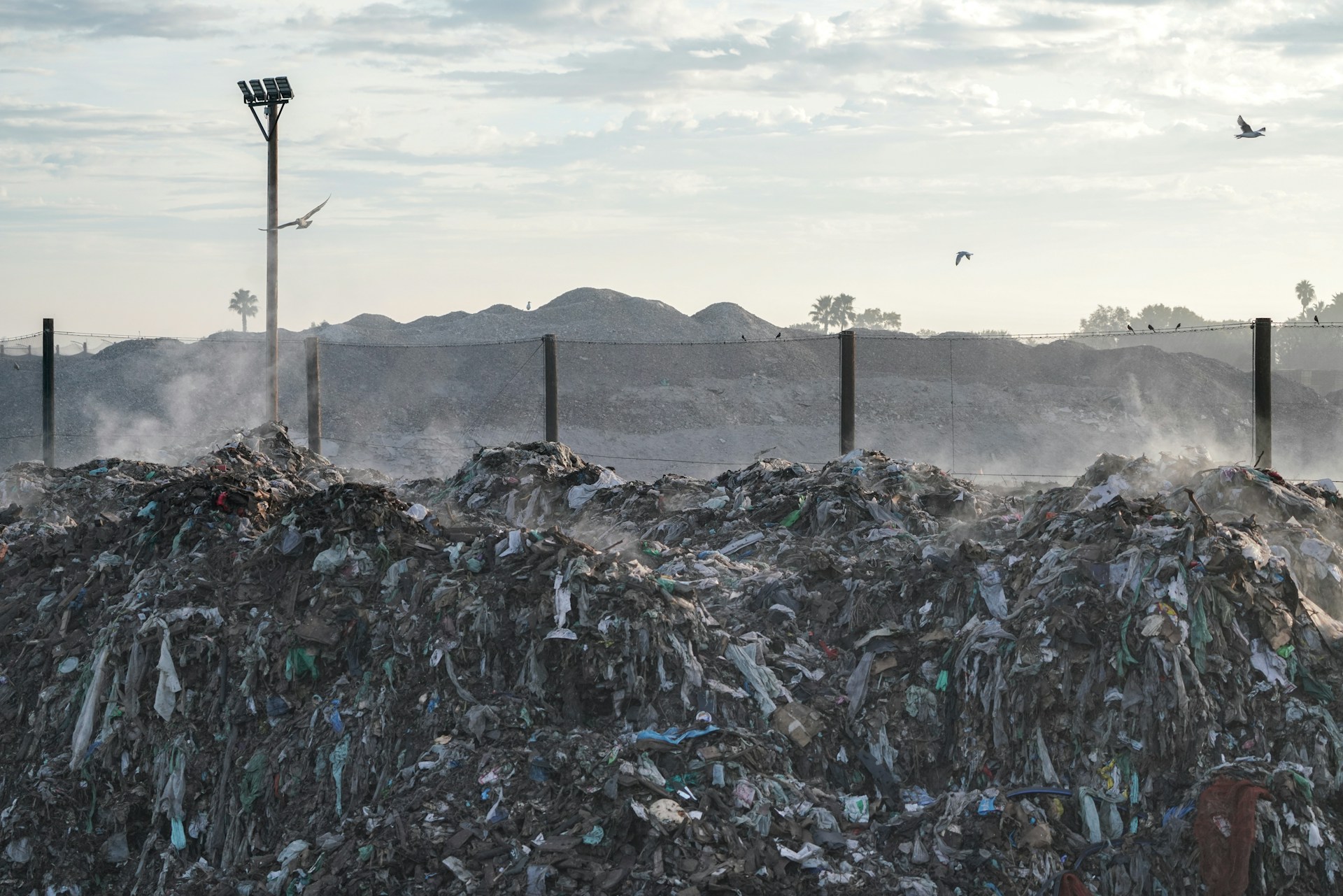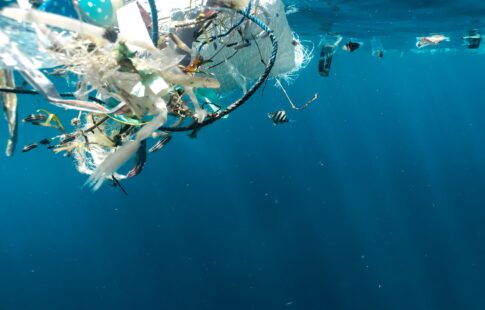
The Impacts of Methane Burning and How to Abate Them
We are reader-supported. When you buy through links on our site, we may earn affiliate commission.
Methane is everywhere — in the atmosphere, underwater and in most global warming discussions. Colorless, odorless and invisible to the naked eye, this potent gas has far-reaching health and environmental impacts too compelling to ignore. Worldwide action to reduce methane burning and its resulting emissions has additional benefits for food security and ecosystems.
Why Is Methane Burned?
Methane is one of the main ingredients in natural gas, which is then burned to produce electricity and heat. It burns in excess of oxygen with a bluish flame, giving off carbon dioxide and water. When methane undergoes combustion, it creates an extremely exothermic reaction — produces a significant amount of heat, making it a highly viable fuel source.
Where Does Methane Come From?
Methane (CH4) is a naturally occurring gas that results from organic matter decomposition. It originates from natural sources and human activities.
Oceans and wetlands represent the largest natural sources of methane. The gas can form under the seafloor and seep out into the water in small streams of bubbles rising from cracks. Some organisms, like methanotrophic bacteria, consume 30 million metric tons of methane yearly, which may prove vital to curbing global emissions. Researchers are studying how to utilize these processes to convert the gas into usable fuel.
Termites also produce methane as a byproduct of their digestive processes. These insects feed on wood and plant material, generating a tiny amount of the gas. While seemingly insignificant, the pollution rate can quickly increase when multiplied by the number of termites worldwide.
Methane From Human Activities
The methane-burning crisis predominantly comes from the emissions caused by human activities. The main culprits include:
- Livestock agriculture: Ruminant animals such as cattle, sheep, and goats produce methane during digestion through a process known as enteric fermentation. When they burp, they release this gas into the atmosphere.
- Rice farming: Flooded rice fields create anaerobic conditions conducive to methanogenesis. The decomposition of organic material in the waterlogged soil produces methane.
- Waste management: Waste is responsible for around 20% of global methane emissions, stemming from the breakdown of organic material in landfills and treatment plants. Modern landfills often have systems to capture and utilize this methane, but significant amounts still escape.
- Fossil fuel extraction: Drilling for oil and natural gas can discharge methane into the atmosphere. Similarly, coal mining releases methane trapped within coal seams underground. These leaks are known as fugitive emissions.
Why Is Methane Burning so Dangerous?
CH4 combustion has complex environmental and health implications due to the byproducts and their interactions with atmospheric and biological systems.
Accelerated Climate Change
Methane is second only to CO2 in driving climate change, accounting for about 30% of global temperature increase from pre-industrial levels. Emission levels have increased roughly 25% in the last 20 years and will likely continue this trajectory over the next decade unless drastic action is taken.
What makes methane burning particularly dangerous is that it releases carbon dioxide and other pollutants, exacerbating the greenhouse effect and contributing significantly to global warming. CO2 lasts substantially longer in the atmosphere, sometimes hundreds or even thousands of years, than methane. As such, mitigation measures become less effective when combusted CH4 adds to the already massive deposit of carbon dioxide in the air.
Another huge concern is that methane is about 28 times more potent in trapping heat than CO2 over a 100-year period. This has led to stringent regulations about its utilization. For example, the EU requires lifecycle methane emissions to stay below 3% of delivered volumes when using fossil gas for electricity generation. Anything higher than that and countries might as well use coal to produce energy.
Diminished Air Quality
Methane burning releases harmful byproducts that pollute the air and can cause any number of health and environmental issues. Nitrogen oxides (NOx) and carbon monoxide (CO) are the primary pollutants with the most damage potential.
NOx comes from high-temperature combustion processes, such as those in power plants and internal combustion engines, contributing to ground-level ozone and fine particulate matter (PM) formation.
Inhaling these pollutants can cause respiratory issues and potentially worsen existing pulmonary conditions like asthma and chronic bronchitis. The EPA has explicitly warned about the dangers of PM, especially with less than 2.5 micrometers in diameter, as they can settle in the lungs and even enter the bloodstream.
Conversely, CO is a toxic gas that results from the incomplete combustion of CH4 — causing air pollution and posing significant health risks. Low-level exposure can cause headaches, dizziness and fatigue, while high-level exposure can be fatal since it competes with oxygen, disrupting proper circulation. Studies show an exposure to 800 ppm of CO or higher can lead to death within minutes.
Degraded Ecosystems
Methane burning degrades ecosystems on multiple levels. Just as the byproducts of the CH4 combustion process are harmful to humans, they’re also incredibly toxic to wildlife. The resulting pollution can also alter natural habitats and impact biodiversity. For example, NOx emissions are involved in acid rain formation, which can harm soil and water quality.
On a broader scale, methane presents profound environmental consequences. Emissions from industrial activities can contaminate food sources and harm aquatic life, while deforestation for methane extraction can lead to widespread habitat loss for various species.
Strategies to Abate the Effects of Methane Burning
Since methane is a naturally occurring gas, addressing its pollution and resulting impacts mainly centers around mitigation measures.
Transitioning to Renewable Energy
Switching to cleaner energy sources effectively negates the need to burn methane. Renewables like solar, wind and geothermal are highly efficient and available year-round. More importantly, they do not produce greenhouse gasses during operation, making the transition critical for achieving long-term climate goals.
Improved Combustion Technologies
Developing and deploying advanced combustion technologies can enhance the efficiency of methane burning and reduce harmful emissions. Low-NOx burners, catalytic converters, and other emission control technologies can minimize the production of NOx, CO and unburned hydrocarbons, improving air quality and public health.
Utilizing Carbon Capture and Storage (CCS)
Implementing CCS technologies in natural gas power plants and industrial processes can significantly reduce greenhouse gas emissions. These processes involve capturing CO2 produced during methane burning and storing it underground in geological formations. This technology can help mitigate the environmental impact of gas combustions, making it a crucial component of climate change abatement.
Regulation and Policy
Raising public awareness about the environmental and health impacts of methane combustion can drive behavioral changes and support policy initiatives aimed at reducing emissions. A key part of these efforts is the Global Methane Pledge, which seeks to reduce methane emissions by 30% by 2030. President Biden and President von der Leyen of the European Commission ratified the pledge at COP26 in Glasgow 2021. Such policies are integral to achieving global climate objectives and increasing investments in cleaner alternatives.
Curb Methane Burning Now
Burning methane has profound impacts on the environment and human health. While the combustion process emits less CO2 than coal and oil, it still produces significant greenhouse gasses and air pollutants. Addressing these challenges requires a comprehensive approach that integrates renewable energy sources, technological innovation and regulatory frameworks. Now is the time to act before the climate crisis from increased emissions becomes irreversible.
Share on
Like what you read? Join other Environment.co readers!
Get the latest updates on our planet by subscribing to the Environment.co newsletter!
About the author

Jane Marsh
Starting from an early age, Jane Marsh loved all animals and became a budding environmentalist. Now, Jane works as the Editor-in-Chief of Environment.co where she covers topics related to climate policy, renewable energy, the food industry, and more.





